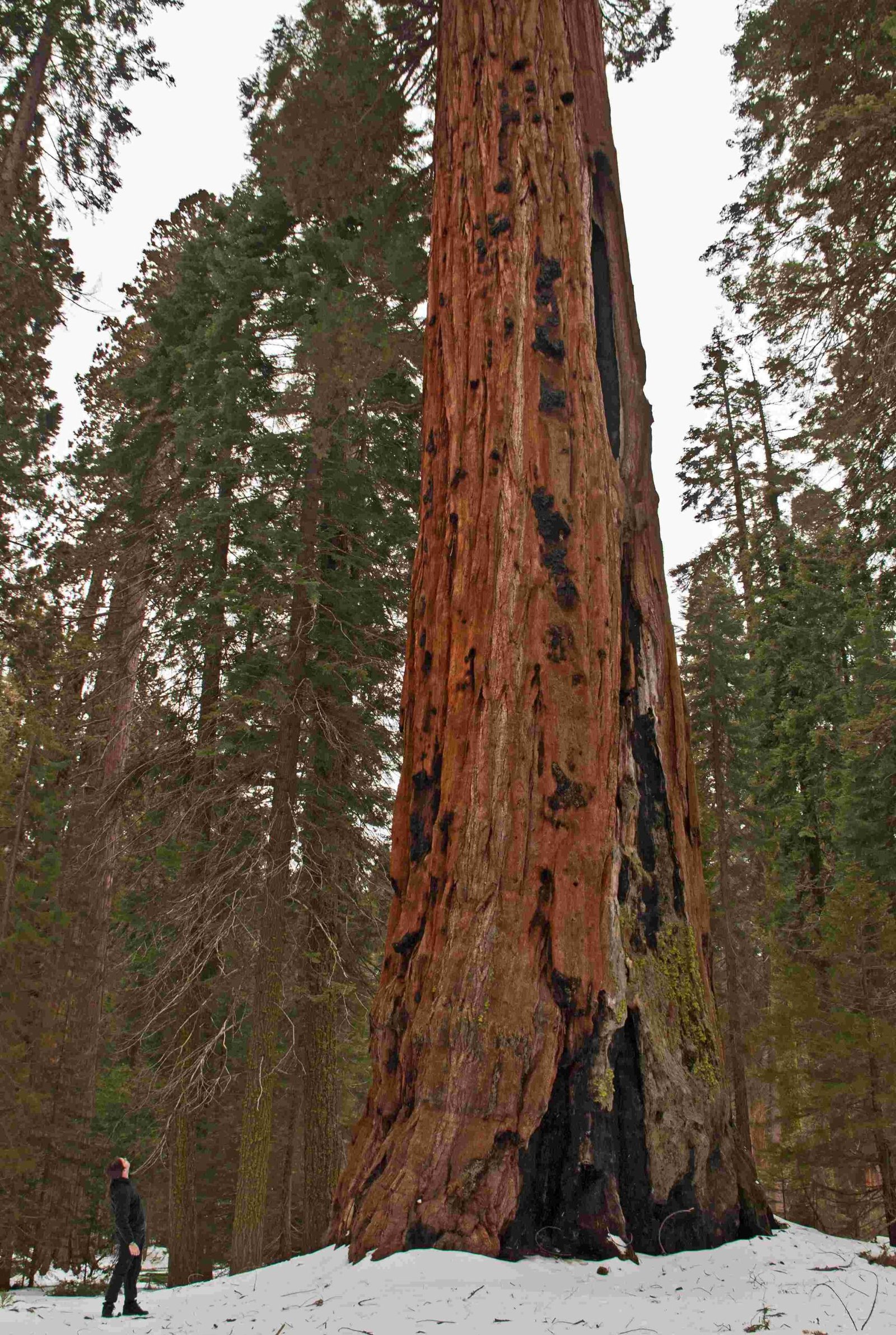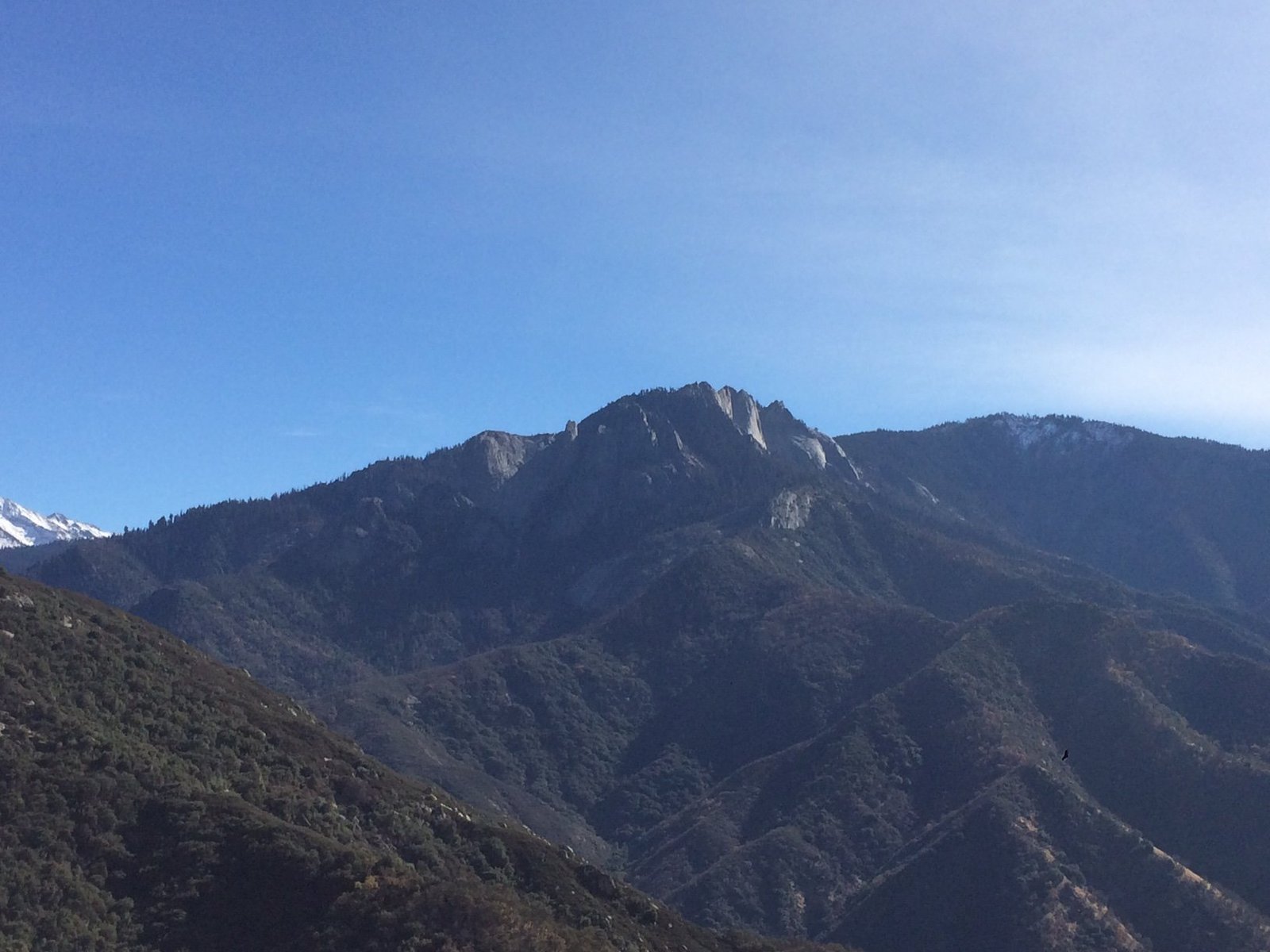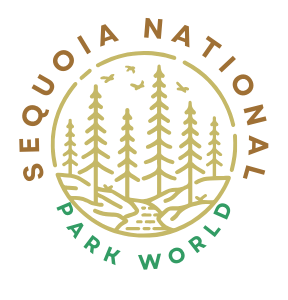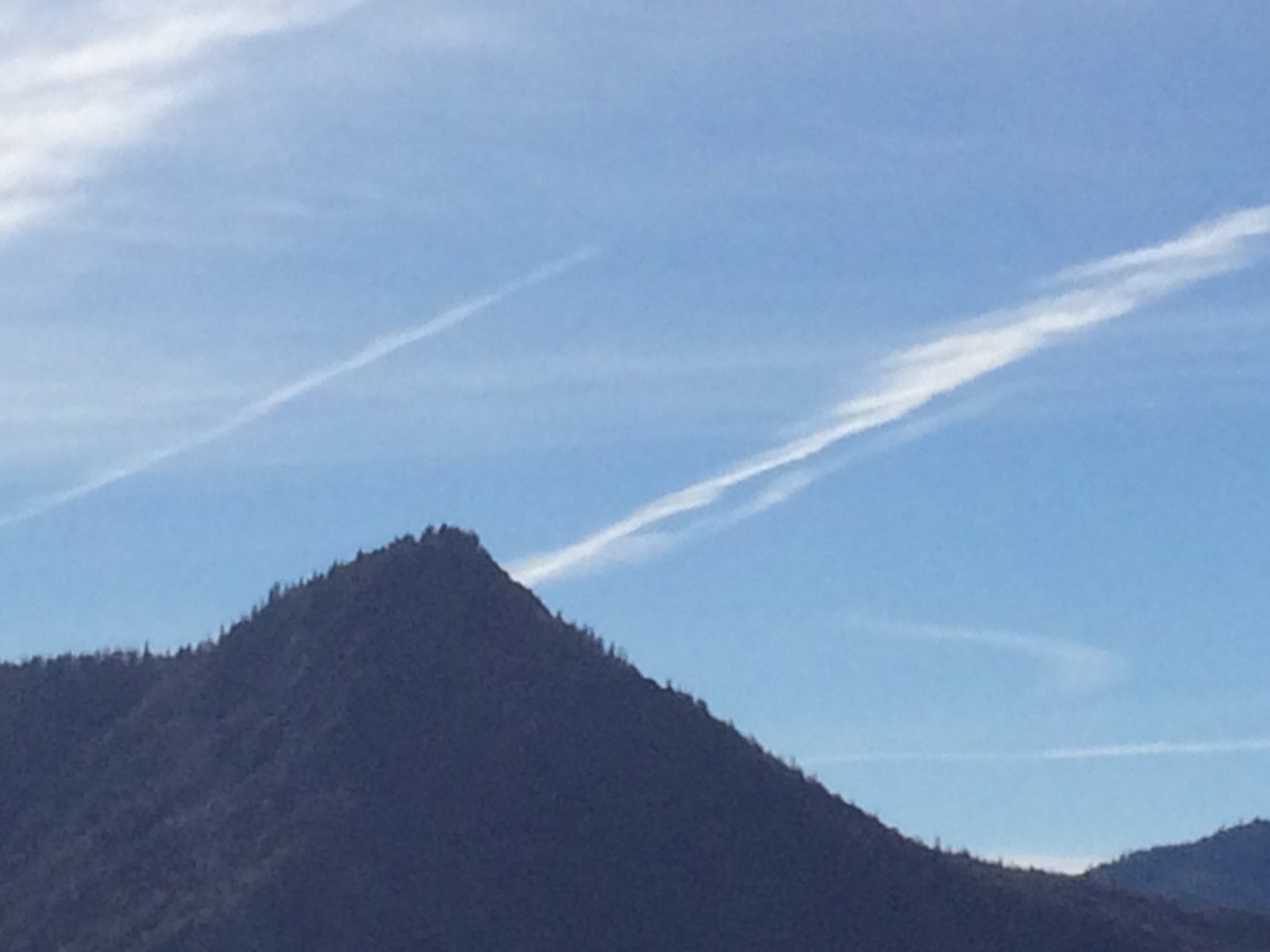Sequoia National Park, located in California’s Sierra Nevada mountains, is renowned for its colossal trees, including the General Sherman Tree, the largest tree in the world by volume. This ancient giant sequoia stands as a testament to nature’s grandeur, drawing visitors from across the globe. The park’s diverse ecosystem, ranging from towering forests to deep canyons, offers a unique blend of natural wonders and outdoor adventures.
What Makes the General Sherman Tree the Largest in the World?

The General Sherman Tree, located in the Giant Forest of Sequoia National Park, holds the title of the largest tree in the world by volume. Here are its impressive statistics:
- Height: Approximately 275 feet (83.8 meters)
- Diameter: About 36 feet (11 meters) at the base
- Circumference: Around 102.6 feet (31.3 meters)
- Estimated age: 2,300 to 2,700 years
Despite not being the tallest or widest tree, its combination of height and girth makes it the largest known living single-stem tree on Earth by volume.
How Can Visitors Access the General Sherman Tree?

Accessing the world’s largest tree is relatively straightforward:
- Drive to the Sherman Tree parking area off Wolverton Road
- Follow the paved half-mile trail to the tree
- Be prepared for a downhill walk to the tree and an uphill return
During peak summer months, free shuttle buses are available to manage traffic and parking congestion. These shuttles stop at two locations near the General Sherman Tree, providing convenient access for visitors.
What Other Giant Sequoias Can Be Seen in the Park?
While the General Sherman Tree is the star attraction, Sequoia National Park is home to numerous other impressive giant sequoias:
- General Grant Tree: The second-largest tree in the world
- President Tree: The third-largest tree by volume
- Lincoln Tree: Named after President Abraham Lincoln
- Congress Trail: A 2-mile loop featuring many named sequoias
These trees can be found in various groves throughout the park, each offering unique perspectives on these ancient giants.
What Activities Are Available Around the Giant Sequoias?
Sequoia National Park offers a range of activities centered around its famous trees:
- Hiking: Miles of trails wind through the sequoia groves
- Photography: Capture the majesty of these ancient giants
- Ranger-led programs: Learn about sequoia ecology and history
- Scenic drives: Take in panoramic views of the forest
- Winter activities: Snowshoeing and cross-country skiing (seasonal)
How Does the Park Protect These Ancient Trees?
Sequoia National Park employs several strategies to protect its iconic trees:
- Fire management: Controlled burns to reduce undergrowth and prevent catastrophic wildfires
- Visitor education: Programs to teach about the importance of conservation
- Research: Ongoing studies on sequoia health and climate change impacts
- Restricted access: Some areas are off-limits to protect sensitive habitats
What Is the Best Time to Visit Sequoia National Park?
The park is open year-round, but each season offers a unique experience:
| Season | Pros | Cons |
|---|---|---|
| Spring | Wildflowers blooming, mild weather | Some roads may still be closed due to snow |
| Summer | All areas accessible, warm weather | Crowded, potential for wildfires |
| Fall | Fewer crowds, beautiful foliage | Cooler temperatures, shorter days |
| Winter | Snow-covered sequoias, quiet atmosphere | Limited access, cold temperatures |
How Has Climate Change Affected the Sequoias?
Climate change poses significant challenges to the sequoia ecosystem:
- Increased drought stress
- Higher risk of severe wildfires
- Changes in snowpack affecting water availability
- Potential shifts in suitable habitat range
Park scientists are actively monitoring these impacts and developing strategies to protect these ancient trees for future generations.
What Should Visitors Know Before Planning a Trip?
Before visiting Sequoia National Park, consider the following:
- Entrance fees apply (check current rates on the official website)
- Reservations may be required during peak seasons
- Cell phone coverage is limited within the park
- Altitude sickness can affect some visitors (the park ranges from 1,370 to 14,494 feet)
- Wildlife encounters are possible (follow park guidelines for safety)
By planning ahead and respecting park rules, visitors can ensure a memorable and responsible experience in the presence of the world’s largest trees.

